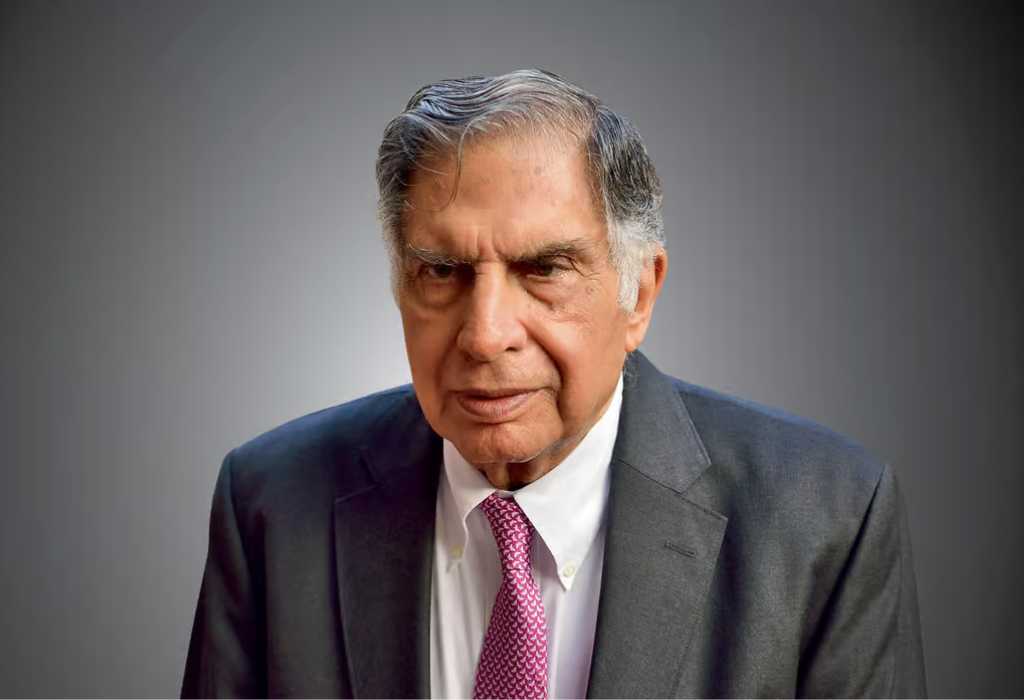By The Malketeer
What Malaysian Brands Can Learn from Ratan Tata: Think Global, Act Bold
In the wake of Ratan Tata’s passing at 86, the business world reflects on the legacy of a man who transformed an Indian conglomerate into a global powerhouse.
But beyond the boardroom battles and billion-dollar acquisitions lies a treasure trove of marketing wisdom that Malaysian brands would do well to heed.
Thinking Big: The Power of Audacious Branding
Ratan Tata’s tenure at the helm of the Tata Group was marked by an unwavering commitment to thinking big.
His acquisition strategy wasn’t just about expanding market share; it was a masterclass in brand positioning on a global scale.
Lesson 1: Don’t just enter markets; redefine them
When Tata acquired Tetley Tea in 2000, it wasn’t merely buying a company—it was making a statement.
This bold move positioned Tata as a serious global player, capable of owning and nurturing legacy brands
For Malaysian companies looking to expand beyond borders, the lesson is clear: aim for acquisitions or partnerships that not only complement your portfolio but elevate your entire brand narrative.
The Double-Edged Sword of Symbolism
Tata’s acquisitions of British icons like Jaguar Land Rover weren’t just business transactions; they were symbolic victories that resonated deeply with the Indian public.
Lesson 2: Harness the power of cultural narratives in your marketing
The idea of “the empire striking back” gave these acquisitions an emotional weight that transcended balance sheets.
Malaysian brands venturing into international markets should look for similar opportunities to tap into cultural pride and historical narratives.
It’s not just about selling a product; it’s about telling a compelling story.
Know Your Market—Avoid the Nano Trap
Not every risk paid off for Ratan Tata.
The launch of the Tata Nano, dubbed the world’s cheapest car, seemed like a surefire success at the time.
Yet, it failed spectacularly. Why?
Tata misunderstood the aspirations of India’s rising middle class, which didn’t want to be associated with a “cheap” product.
The Nano’s “poor man’s car” image was a marketing misstep that tarnished its potential.
Lesson 3: Make innovation part of your brand DNA
Even when products fail, a reputation for forward-thinking can be a powerful marketing asset.
Malaysian companies should consider how they can incorporate innovation—not just in products, but in processes and customer experiences—into their core brand messaging.
The Long Game: Building Trust Over Time
Perhaps Tata’s greatest marketing achievement was the cultivation of trust.
The Tata name became synonymous with quality and integrity, a reputation built over decades.
Lesson 4: Invest in long-term brand equity
In an age of viral marketing and short-term gains, the Tata story reminds us of the enduring power of consistent, values-driven branding.
Malaysian brands should consider how they can build trust not just through advertising, but through actions that demonstrate commitment to customers and community over time.
Diversification with a Unified Vision
From salt to software, the Tata Group’s diverse portfolio could have led to a fragmented brand identity.
Instead, Ratan Tata ensured a unified vision tied these disparate elements together.
Lesson 5: Create a strong brand architecture
As Malaysian companies grow and diversify, maintaining a coherent brand story becomes crucial.
Develop a brand architecture that allows for diversification while reinforcing core values and identity.
The Takeaway for Malaysian Marketers
Ratan Tata’s life offers a masterclass in branding, expansion, and resilience.
Indeed, it’s an inspiration for ambitious Malaysian brands looking to make their mark on the global stage.
It’s a reminder that effective marketing isn’t just about clever campaigns or viral content.
It’s about building a brand with substance, one that can weather economic storms and stand the test of time.
As we bid farewell to a titan of industry, let’s take these lessons to heart.
In doing so, we honour not just the man, but the enduring power of visionary brand-building.
The question for Malaysian marketers isn’t whether we can emulate Tata’s success, but how we’ll write our own global success stories in the years to come.
MARKETING Magazine is not responsible for the content of external sites.
An afternoon of conversations we never had, with leaders most of you never met.
Discover what’s possible from those who made it possible. Plus a preview of The HAM Agency Rankings REPORT 2024.
Limited seats: [email protected]
BOOK SEATS NOW









